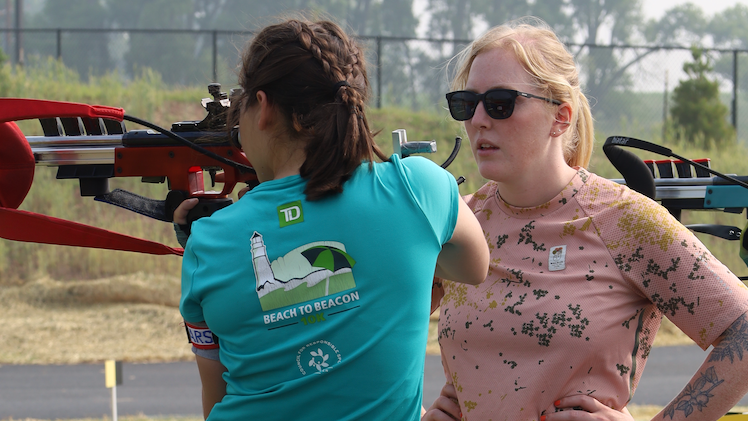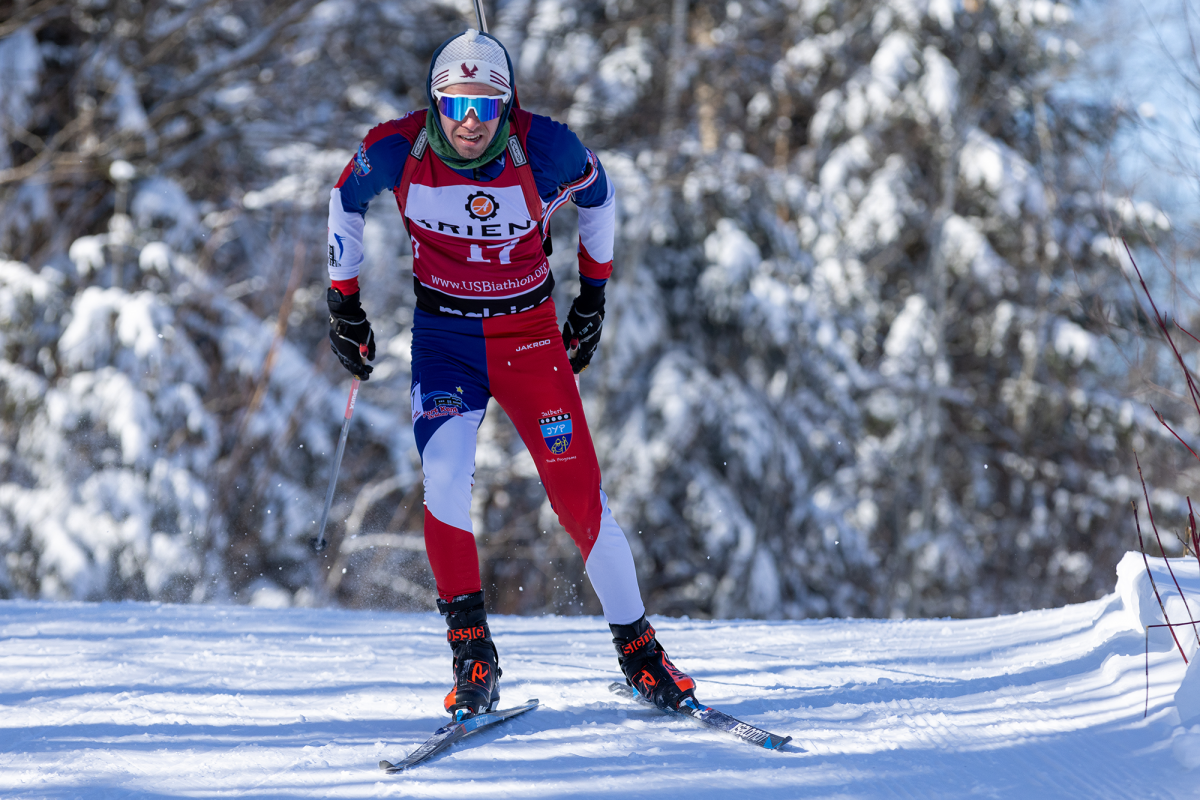
When the temperatures outside drop down to -26 Celsius like they did in Kontiolahti, Finland on Thursday morning, ski racing becomes a game of survival. Breathing in cold air while asking lungs to work their hardest isn’t anybody’s idea of a healthy decision.
And the extreme cold is even more tricky in biathlon, where nimble fingers are required to pull triggers and bulky mittens just get in the way. In Fort Kent, Maine last winter, Slovenian World Cup star Jakov Fak sustained third-degree frostbite on his index finger, and only narrowly avoided being forced to amputate. As it was, he lost all of the skin on the finger and wasn’t able to resume training for months.
All of these issues weighed heavily on athletes’ and coaches’ minds going into Friday’s World Cup mixed relay in Kontiolahti, where temperatures were just as cold.
“Here in the North there is a simple rule: when it gets cold, the strong race and the sick and weak stay in the hotel,” U.S. biathlete Jay Hakkinen told FasterSkier in an e-mail.
The world’s best biathletes might object to being called weak, but there’s no denying that they played it safe. The top three men and women in the World Cup standings all sat out the relay, which would not gain them any points in the rankings.

For the U.S., selecting a relay team did turn out to be about health. Lowell Bailey and Susan Dunklee, two of the top Americans, had been sick for several days, and then Russell Currier fell ill the morning of the race, necessitating a last-minute roster change.
In the end, who were the strong ones? Hakkinen, Sara Studebaker, Annelies Cook, and Tim Burke – and they were indeed plenty strong, racing to sixth place, the best mixed relay finish in the history of U.S. biathlon.
The squad was roughly three and a half minutes behind the winning French team of Sophie Boilley, Anais Bescond, Jean Guillaume Beatrix, and Vincent Jay. Of those four, only Boilley was a member of France’s last mixed relay outing; like most countries, the French had benched much of their “A” team.
The sixth-finish meant that the U.S. got to attend the podium ceremony, which was a new occurrence for Studebaker and Cook.
“That was such a cool experience!” Cook gushed in an e-mail. “Sara and I didn’t even know what to do. Do we wear our rifles? Do we need our bibs? Does sixth even go up? It was pretty funny. Luckily we had our experienced men’s team to tell us what to do.”
Conditions in Kontiolahti were frigid, as they had been all week; while the temperature at race time was officially -20 Celsius, the legal limit for racing, several athletes said that they believed it was actually colder. (Max Cobb, the United States Biathlon Association president who is also a TD, said that “-20 C is a firm line for IBU events, colder is a no go for the race.”)
While the Americans were cautious, they weren’t fazed, according to Cook.
“We all got nice and taped up with physio tape, and I think our team was totally on it and ready to go,” she wrote. “I knew from all those cold Minnesota and Lake Placid races that we would survive.”
Studebaker kicked things off as the scramble leg, and said her race was “chaotic,” but turned out all right in the end.

“We didn’t have much time between zero and race start, only 45 minutes as opposed to the usual hrour, which made me feel a little rushed and not quite ready on the start line,” she explained. “Because of that I felt I struggled a little in the first loop, but luckily shot well and found my stride in the last two loops to keep us in contention.”
Studebaker used a single spare round in each shooting stage, and then put on a charge on her last loop, turning in the fourth-fastest time and moving from tenth to sixth.
Cook, the second-leg skier, struggled in prone, using three spare rounds and dropping to ninth position. Even after cleaning her standing stage, she was unable to make up ground, and said that the cold weather was partially to blame.
“On my last lap after the big hill, I felt like I totally hit a wall and it was exactly like hitting a wall at altitude,” she said. “I think that cold air just doesn’t always provide you with all the oxygen you need.
“I just hung on for dear life till I got to Jay to tag off.”
Hakkinen turned in a clutch performance, moving the team back into sixth despite using three spare rounds in prone.
“For me, it was important to catch the group just ahead of me, so it was a good feeling to pass by them standing on the mat,” he said.
And finally, Burke took over, and put on the kind of show that he’s come to be known for. He had the fastest course time of all of the anchor legs, and kept the U.S. team in sixth place.
“He was skiing like a maniac,” Cook said. “It was awesome.”
The consensus on the team was that to in spite of the best-ever result, the athletes could have done even better.
“I think we all had pretty standard days…nothing super special, just solid,” Studebaker said. “It’s pretty cool to see that we can easily be top six when things go ‘normally,’ and it definitely gives us a lot of confidence as we head towards Ruhpolding.”
“Although we had a few small mistakes and mishaps here and there, we were still able to move forward which means our team has a good level,” Hakkinen agreed. “This is the best mixed relay performance for the us, and we were rewarded with the flower ceremony for our effort, so it was a good day.”
The Americans aren’t sure whether they will field the same team at the upcoming World Championships in Ruhpolding or not; that decision will be made based on who seems the strongest in the last week of February.
“It could very well be a different group of people,” Cook said. “But it is cool to know that we have a bit of depth, so that we can mix and match and good things will still happen.”
The Canadians did not field a team as most of the athletes are at home for a training camp.




One comment
monica
February 11, 2012 at 9:41 am
It’s nice to see the Yanks do well, but where’s the love for Slovakia? Aside from Kuzimina the team has no big names, and I’d be surprised if its budget allows for much back-up equipment, many waxers, and lots of staff trackside–in fact, I wonder if some of these minor teams are reduced to sleeping in tents and eating gruel for competitions–but they got bronze, and fair doos to them.